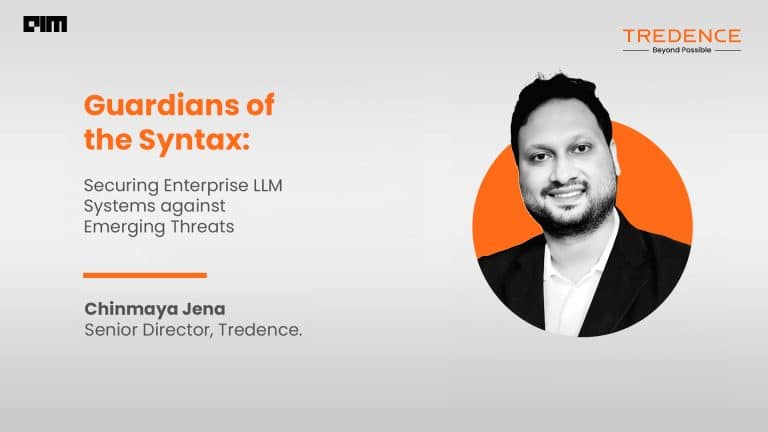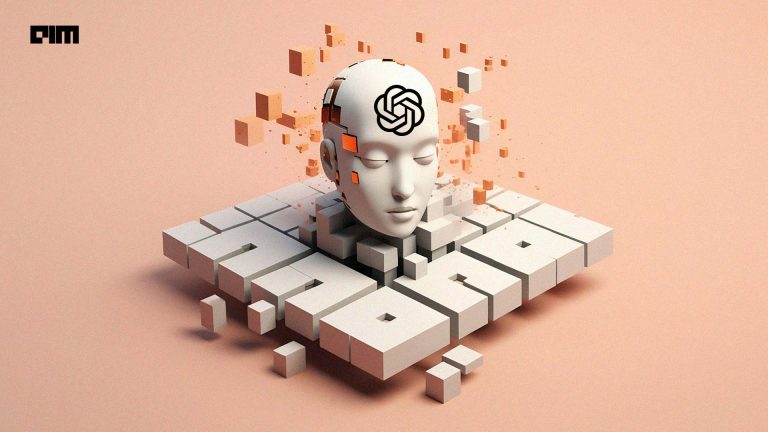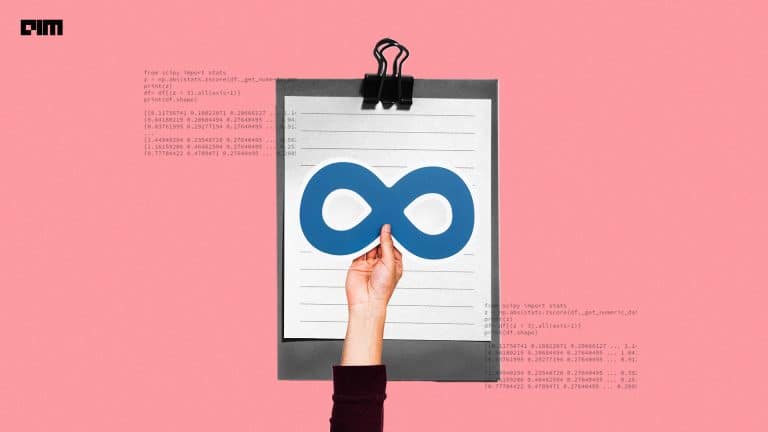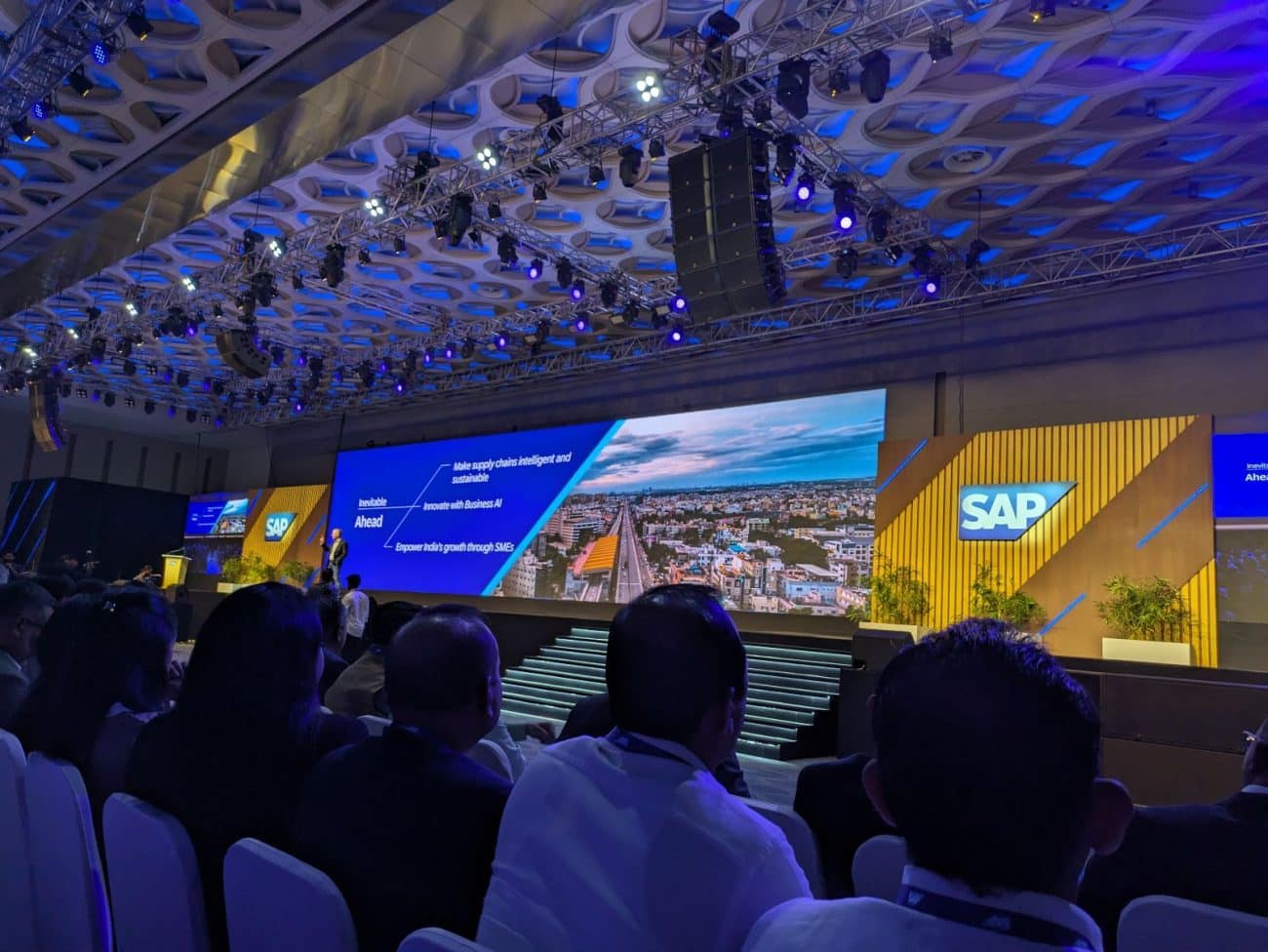|
Listen to this story
|
There has been a lot of buzz lately when it comes to India’s AI moment. A lot of companies are trying to build their own language models, while some are trying to fine-tune existing ones, and use them for enterprise solutions. Most importantly, most of the new AI models in Indic languages are being built by engineers either in universities or just in their 20s.
“The young students that I meet in India are amazing. They’re all excited and eager to understand the shift from traditional computer science to learning-based approaches for solving all kinds of problems,” said Jeff Dean, chief scientist of Google DeepMind and Google Research when he visited India in February.
Take for example Devika, the open source alternative to Devin, was created by Mufeed VH who thought of the idea as a joke. The 21-Year-Old born in Kerala came across Devin when he was just experimenting with different tools, got impressed by its demo and thought, “what could be the name of an Indian version of Devin, and I got to Devika. I just posted it out like a joke,” he told AIM.
It took him just 20 hours to make the project, taking time from his two startups Lyminal and Stition.AI, which are both focused on delivering AI solutions for companies.
Similarly, Adithya S Kolavi, the 20-year-old AI engineer studying at PES University created the Indic LLM Leaderboard. This was after he founded CognitiveLab last year and also released the open source Ambari bilingual Kannada model built on top of Llama 2, an addition to the existing multilingual Indic AI models.
The Indic open source renaissance
Speaking of multilingual AI, that has been the biggest focus of the open source community in India. Ever since Sam Altman visited India and spoke about the capabilities of OpenAI’s model, the Indian AI community took it as a challenge to build the model by themselves.
Initiatives such as Tech Mahindra’s Project Indus led by Nikhil Malhotra and IIT-Bombay led BharatGPT are focused on building models from scratch. Both of these also wish to open source their AI models as soon as they are up and running, which would help grow the community as well.
But the open source AI developers in their 20s got their hands on models such as Llama, and now Mistral and Gemma to build models for specific use cases in Indic languages.
For example, “It all started when Meta’s Llama dropped and then we saw all these Indic language models coming up,” said Adarsh Shirawalmath, the 2nd year B.Tech student at Vellore Institute of Technology, who is the creator of Kan-LLaMA, in an exclusive interaction with AIM. He is also the co-founder of Tensoic, along with Raghav Ravishankar.
“The thing is that people have a lot of flexibility,” explained Kolavi from CognitiveLab. “Even though we don’t have a lot of experience like the others, the lean team methodology works for us. We can quickly test out stuff. You can show it to the world and you get feedback so then you can enjoy it,” he added.
Similarly, Abhinand Balachandran, the Kaggle Grandmaster who is also in his 20s created Tamil Llama, who is also aiming to build AI models in more Indic languages in the future.
Just getting started
Then Satpal Singh Rathore, the creator of Gajendra started Bhabha.AI, the company which recently also built the Hugging Chat for Indic LLMs called Indic Chat. This website hosts most of the open source Indic AI models for people to test out which includes almost all the mentioned fine-tuned AI models.
Apart from building AI models, Arko Chattopadhyay, the co-founder of Xylem AI is also helping developers build by offering inference stack for developers for deploying and scaling LLMs in production.
Not just Indic LLMs, the young Indian talent is also focused on developing self-driving cars. Mankaran Singh, the Bengaluru-based developer converted his modified-Maruti Alto K10 into an autonomous vehicle using a second-hand Redmi Note 9 Pro which was made possible by Flowpilot, his open source driver assistance system.
Apart from the students and just-college passouts, there are several other initiatives such as Ravi Theja Desetty’s Telugu LLM Labs, Shantipriya Parida’s Odia Llama, or the very famous Sarvam AI building models such as OpenHathi on top of Llama, are also accelerating the open source AI race in India.
All of these initiatives are helping the open source community grow and it is just getting started.



















































































